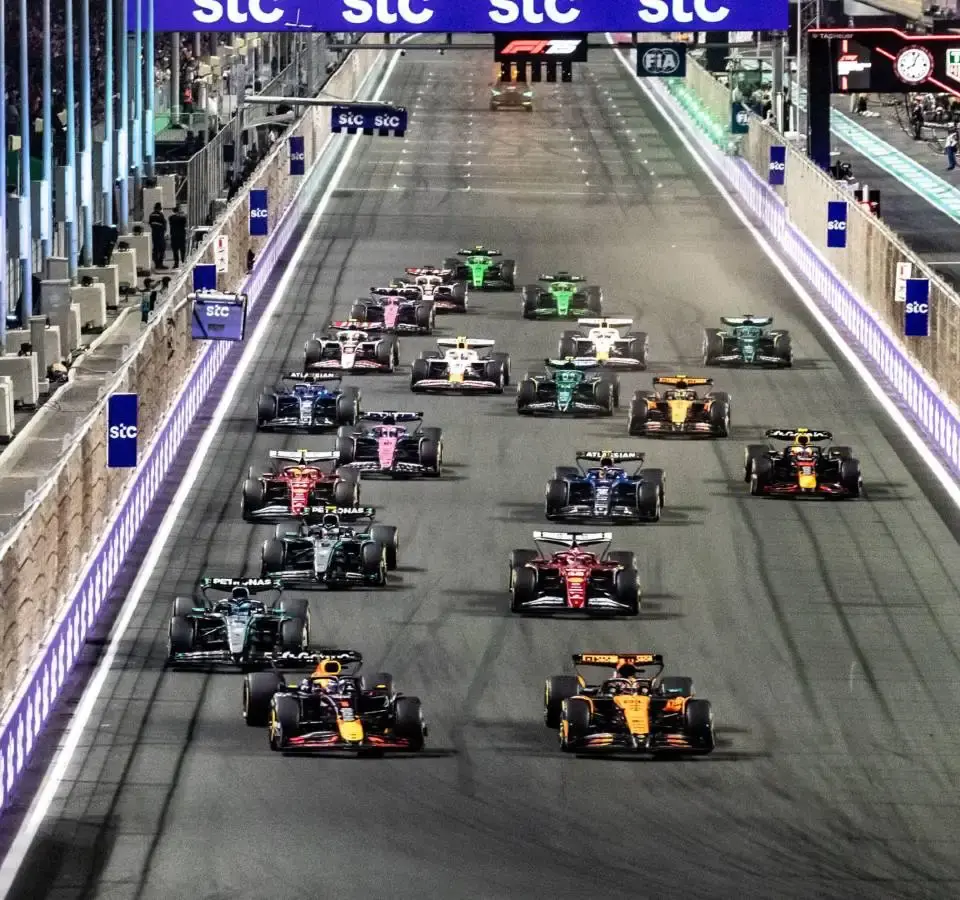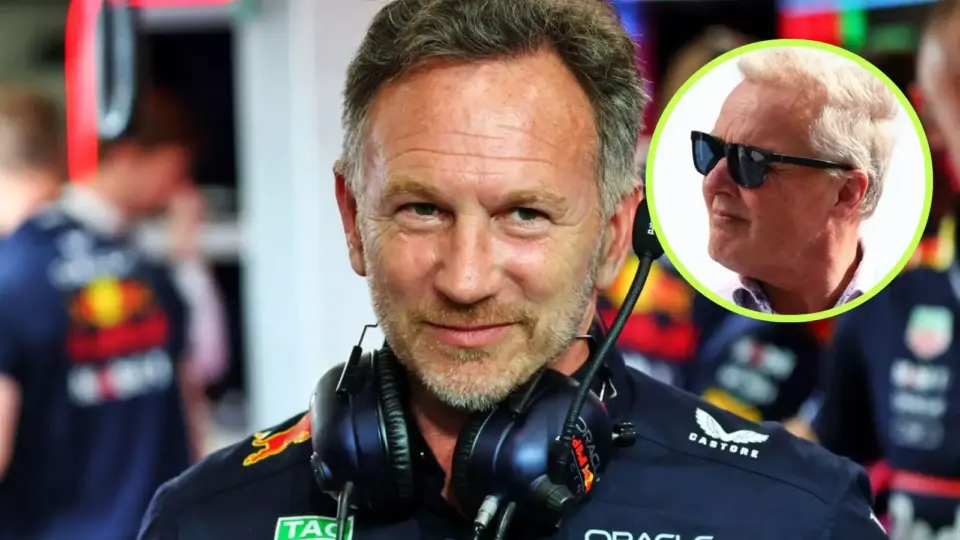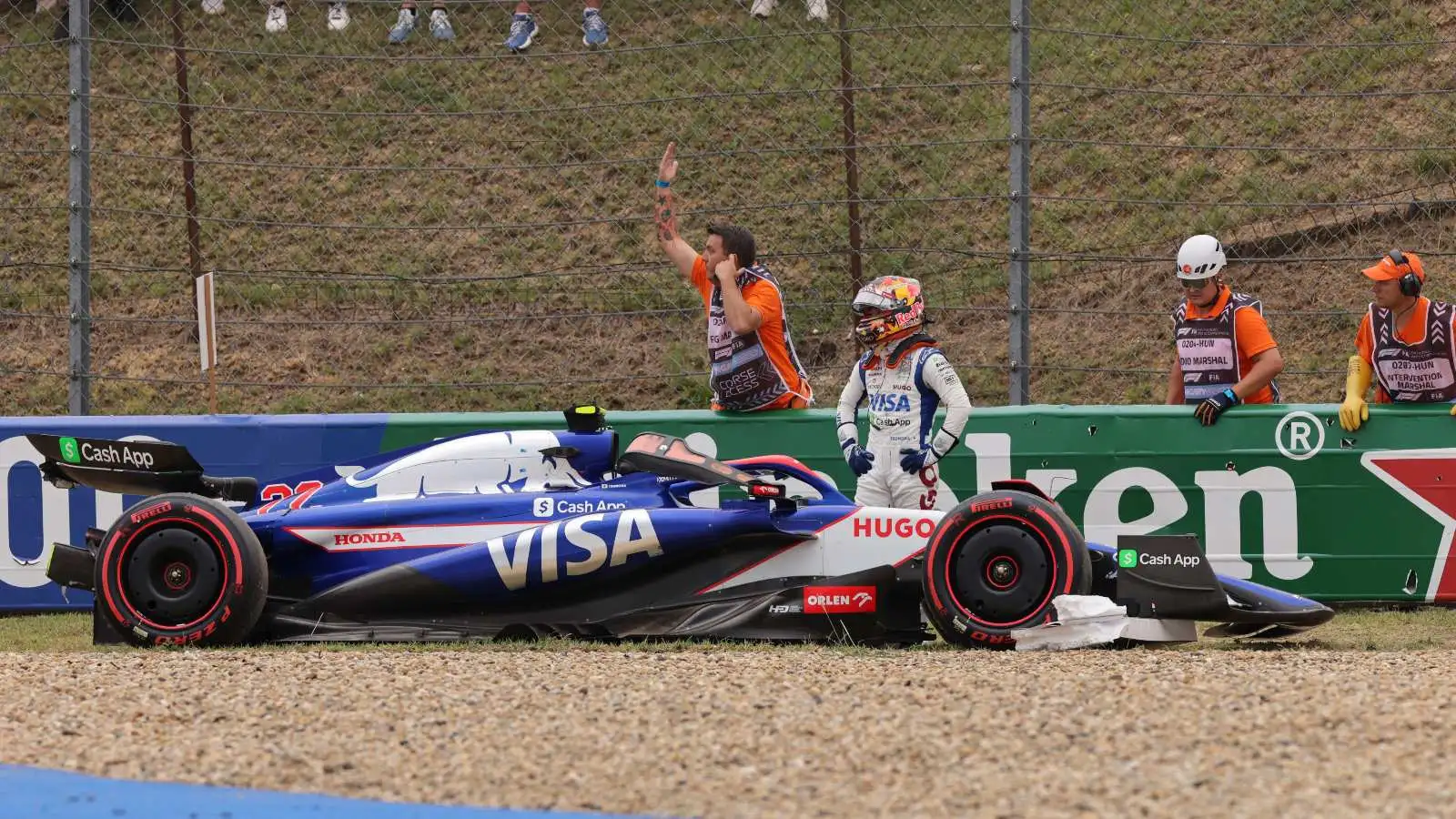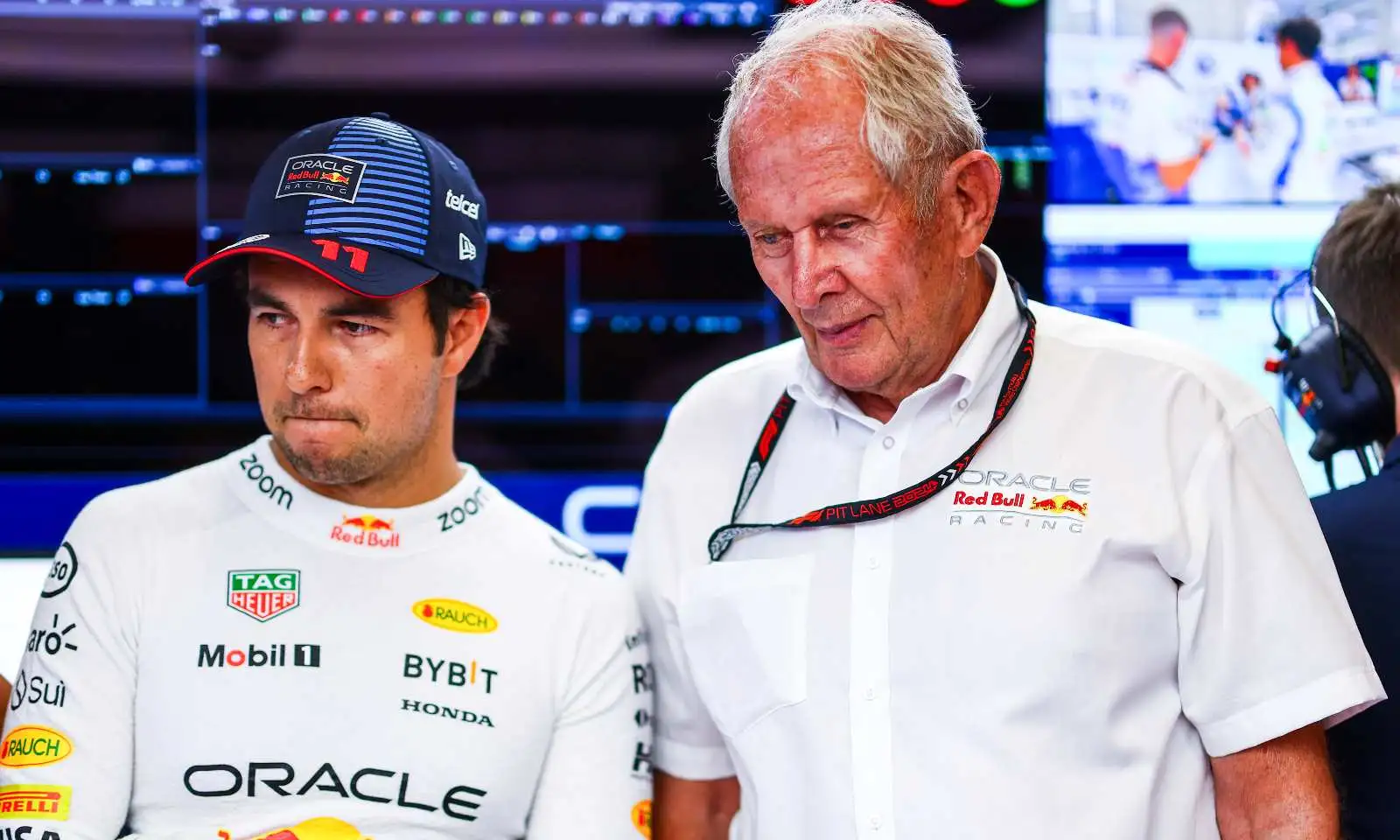Ahead of 2026, Formula 1’s engine rules are the hot topic, heating up discussions among key stakeholders.
- F1’s Commission meeting delves into adjusting next year’s power unit rules following the dismissal of returning to a V10 model.
- The current 1.6-litre V6 hybrid will stay, but talks of its electrical output and possible tweaks are ongoing.
- Concerns about battery endurance in next year’s races have sparked debate on energy regulation changes.
- With Red Bull and Audi eager to shape the future, opinions are varied about what’s best for the sport.
The anticipation for 2026 has set the stage for intense discussions among Formula 1’s decision-makers as they gather to contemplate the power unit regulations. Initially, there was buzz about a shift back to the much-loved V10 engines. Unfortunately, this idea was shelved, yet the exploration of alternatives continued. Ultimately, the decision not to pursue the V10 has left many wondering what the future holds for F1’s engine rules.
Under the current plan, the upcoming power units will maintain the 1.6-litre V6 hybrid format. What’s new is a rise in electrical energy output to match the combustion engine, pushing both to 50%. This change has prompted a blend of optimism and skepticism. Fears loom over potential issues with battery depletion, especially on tracks lacking in braking zones, potentially hindering cars on lengthy stretches.
Christian Horner from Red Bull has pointed out that the conversation started much earlier, demanding attention well in advance. The sentiment reflects a desire for avoiding ‘Frankenstein’ configurations, where the chassis and aero are designed to accommodate the engine, possibly compromising the race dynamics. The clock is ticking, and as the 2026 regulations inch closer, teams are pushing for a thoughtful consideration of all parameters.
Audi, fully committed to their F1 entry in 2026, stresses the importance of forward-thinking solutions that marry cutting-edge efficiency with sustainability. Audi’s statement underlines its focus on three tenets: efficient engines, advanced hybrid systems, and sustainable fuels. Meanwhile, keeping a keen eye on both the engineering and competitive fronts reminds everyone that change is indeed upon us, but not without its intricacies.
The proposal of a ‘Push-to-Pass’ mechanism, akin to IndyCar, adds an intriguing dimension to the discussions. It could potentially allow drivers brief boosts of power to aid overtaking, balancing out any loss in maximum lap time due to limitations in electrical energy usage. This idea has its supporters, yet it adds another layer to the contentious debate on how best to proceed without tipping the scales unfairly towards certain teams.
As the countdown to 2026 continues, Formula 1’s decision-makers face the challenge of crafting future-proof regulations that balance innovation, fairness, and competitive spirit.










